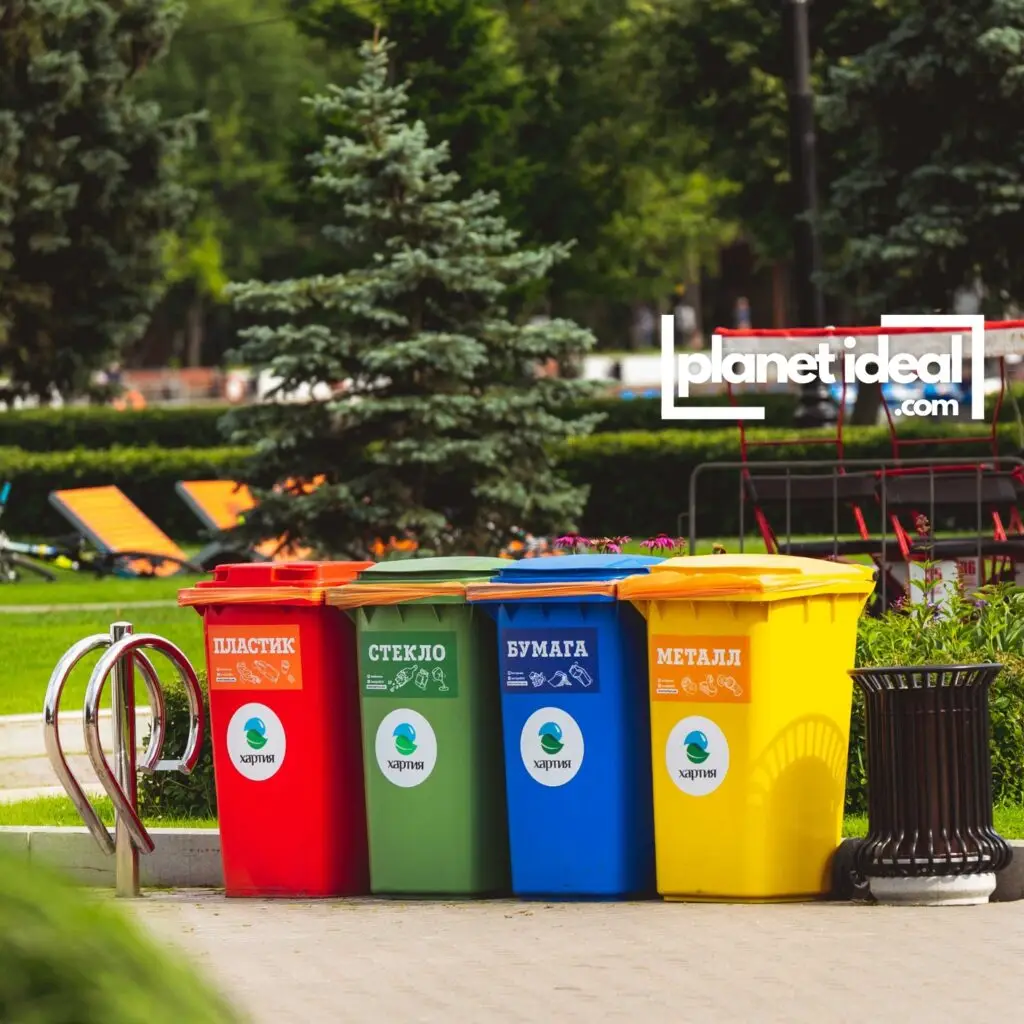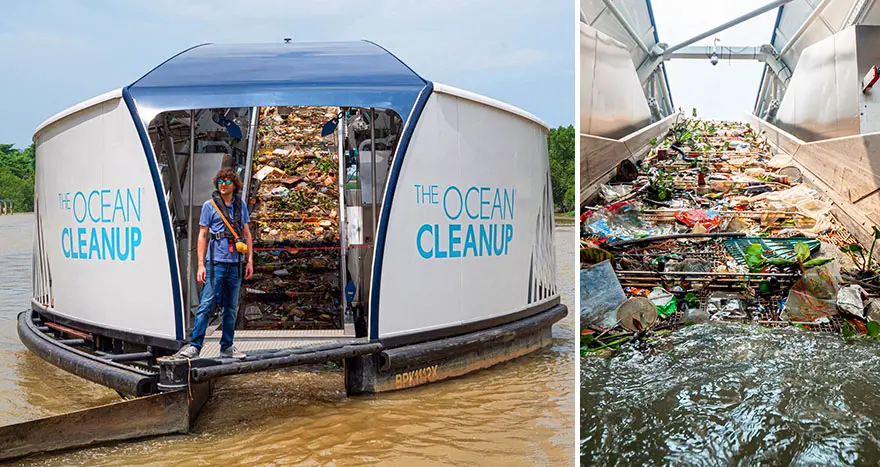The world is changing, and sustainability is at the forefront of that change. Across the globe, inspiring movements are driving action toward a more sustainable future. These initiatives aren’t just about reducing carbon footprints—they’re about creating systemic shifts, empowering communities, and sparking innovation.
In this post, we’ll explore some of the most inspiring sustainability movements happening right now. These movements are proof that when people unite for a common cause, incredible things can happen.
Table of Contents
Toggle1. Fridays for Future: Youth Leading the Climate Charge
What It Is:
Founded by Greta Thunberg, Fridays for Future is a global youth-led climate movement advocating for stronger climate policies and actions. It began with school strikes and has grown into one of the largest climate advocacy groups worldwide.
Key Achievements:
- Mobilized millions in global climate strikes.
- Influenced governments to declare climate emergencies.
- Raised awareness about the urgent need for climate action.
Pro Tip: Follow their initiatives on Fridays for Future to find events near you or participate virtually.
Picture Spot:

A crowd of young activists holding climate action signs during a Fridays for Future protest. Source : https://rp-online.de/nrw/staedte/haan/fridays-for-future-meldet-demonstration-in-haan-an_aid-38828905
2. The Circular Economy Revolution
What It Is:
The circular economy focuses on reducing waste by designing products that can be reused, repaired, or recycled. This movement aims to move away from the “take-make-waste” model and towards a system where nothing goes to waste.
Why It’s Inspiring:
- Encourages businesses to rethink product design.
- Promotes resource efficiency and waste reduction.
- Empowers consumers to embrace sustainable habits.
Examples of Circular Economy Leaders:
| Company | Circular Practice |
|---|---|
| Patagonia | Offers a repair program to extend clothing lifespan. |
| Loop | Provides reusable packaging for everyday products. |
| IKEA | Offers buy-back and recycling programs for furniture. |

An infographic showcasing the flow of a circular economy, emphasizing reuse, repair, and recycling. Source : https://www.bio-powder.com/en/circular-economy/
3. The Global Regenerative Agriculture Movement
What It Is:
Regenerative agriculture is transforming farming by focusing on practices that restore soil health, increase biodiversity, and capture carbon. This movement is gaining traction among farmers, food brands, and activists.
Why It’s a Game-Changer:
- Helps combat climate change by sequestering carbon in the soil.
- Promotes biodiversity and improves food security.
- Provides healthier, more sustainable food options.
External Link: Learn more about regenerative agriculture at Regeneration International.

4. The Rise of Zero-Waste Cities
What It Is:
Cities worldwide are adopting zero-waste initiatives to minimize waste sent to landfills and incinerators. These programs aim to redesign systems to reduce consumption, reuse materials, and recycle effectively.
Notable Examples:
- San Francisco: Diverts over 80% of its waste from landfills.
- Ljubljana, Slovenia: Europe’s first zero-waste capital.
- Tokyo’s Kamikatsu: Aiming for 100% waste recycling by 2030.
Pro Tip: Look into local zero-waste organizations in your area to learn how you can contribute.

5. Ocean Cleanup Movements
What It Is:
The fight against plastic pollution is being led by innovative projects like The Ocean Cleanup, which develops technology to remove plastic from oceans and rivers.
Why It’s Critical:
- Tackles the Great Pacific Garbage Patch and other polluted areas.
- Prevents microplastics from harming marine life.
- Raises awareness about reducing plastic waste at the source.
External Link: Explore their latest updates at The Ocean Cleanup.
Picture Spot:

A boat using advanced cleanup technology to remove plastic waste from the ocean. Source : https://www.awesomeinventions.com/the-ocean-cleanup-boyan-slat/
6. Renewable Energy Cooperatives
What It Is:
Renewable energy cooperatives are community-led organizations that invest in clean energy solutions like solar and wind power. These co-ops empower individuals to take control of their energy use and reduce reliance on fossil fuels.
Benefits of Renewable Energy Co-Ops:
- Democratizes energy access.
- Reduces local carbon footprints.
- Strengthens community resilience.
Examples:
| Cooperative | Location |
|---|---|
| Energy4All | United Kingdom |
| Co-op Power | United States |
| Rescoop | Europe |

7. Fashion’s Sustainable Movement
What It Is:
The fashion industry is embracing sustainability through initiatives like slow fashion, ethical production, and innovative recycling programs.
Notable Movements:
- Fashion Revolution: Advocates for transparency and ethical practices.
- The Slow Fashion Movement: Encourages mindful consumption and quality over quantity.
- Upcycling Initiatives: Brands like Rothy’s and Eileen Fisher use recycled materials to create new products.
External Link: Learn about ethical fashion at Fashion Revolution.

8. The Rewilding Movement
What It Is:
Rewilding focuses on restoring ecosystems to their natural state by reintroducing native species and letting nature take its course.
Why It’s Inspiring:
- Restores biodiversity and improves ecosystem health.
- Addresses climate change by increasing carbon capture in forests and grasslands.
- Creates opportunities for eco-tourism and environmental education.
Examples:
- Yellowstone National Park: Reintroduced wolves to restore balance.
- Scotland: Initiatives to restore native forests and wildlife.
At Planet Ideal, we’re on a mission to make sustainable living accessible for everyone. Our team of eco-enthusiasts writes short, snappy, and easy-to-digest articles designed to inspire real change without overwhelming. From practical tips to innovative ideas, we’re here to prove that living green can be stylish, convenient, and enjoyable. Join us as we empower individuals, families, and communities to embrace eco-friendly lifestyles—one step, one story, and one solution at a time.






